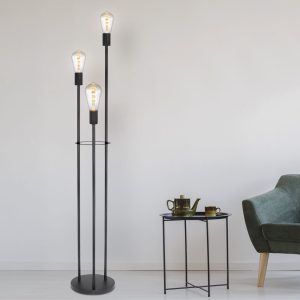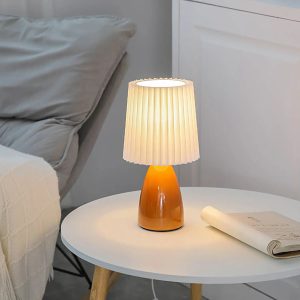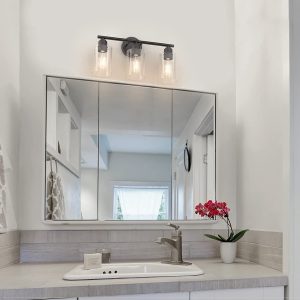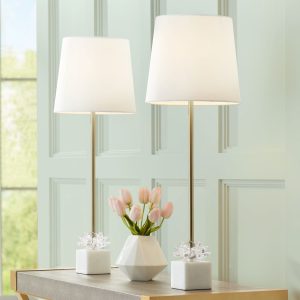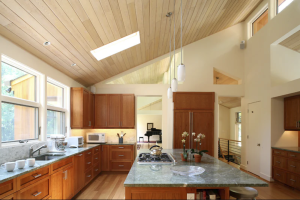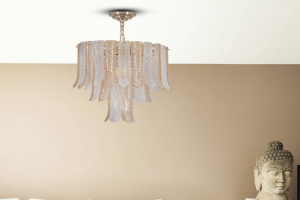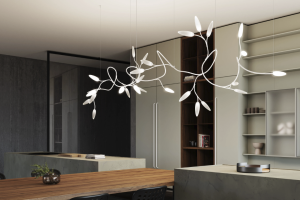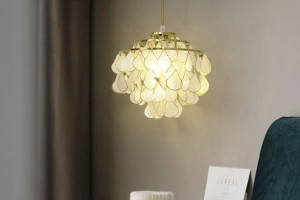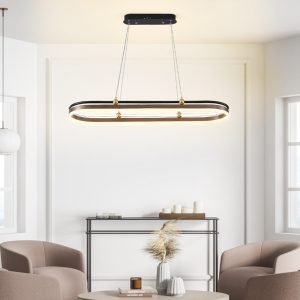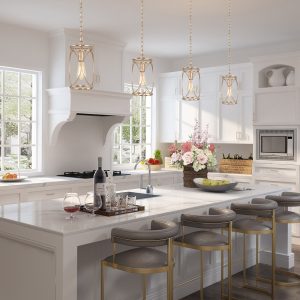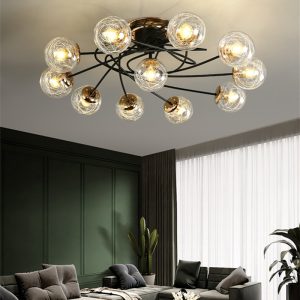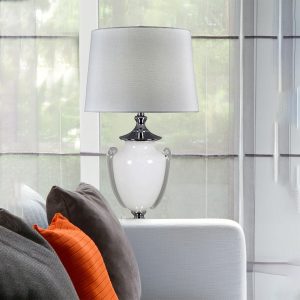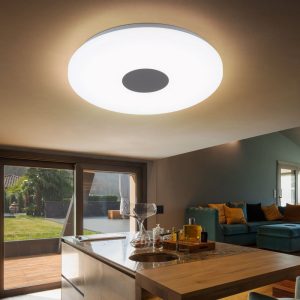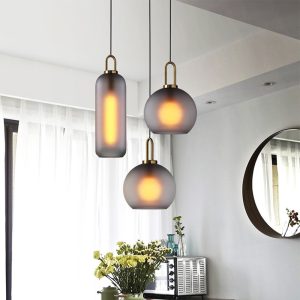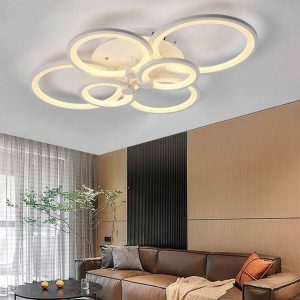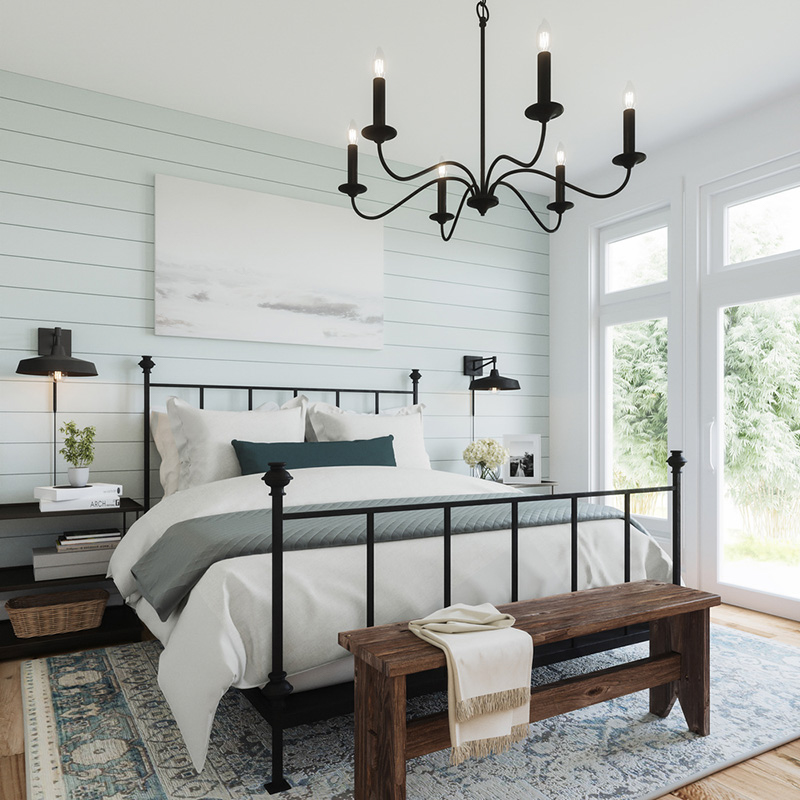
Sconce, derived from the Latin word “absconsa” meaning hidden, is a type of lighting fixture that dates back to medieval times. The medieval sconce was more than just a light, it was a symbol of power, status, and elegance. The use of sconces has evolved over time, from being used as a practical lighting source to becoming an important element of interior decor. In this article, we will explore the history of sconces, their evolution, and their significance in medieval times.
History of Sconces
Sconces were first used in medieval times, specifically in the European Middle Ages. During this period, light was a scarce resource and the majority of the population relied on candles to light their homes. Sconces were developed to hold candles, which provided a practical lighting solution.
The earliest sconces were made of iron or bronze and were mostly used in castles and churches. They were simple in design, with a flat plate or bracket on which the candle would sit. However, as time passed, sconces became more ornate and decorative.
During the Renaissance, sconces became more elaborate and were made using materials such as bronze, crystal, and glass. They were often decorated with intricate details and were used as a symbol of wealth and status.
In the 18th century, sconces underwent another transformation. With the introduction of gas lighting, sconces were designed to hold gas flames instead of candles. This allowed for more light and the ability to adjust the intensity of the light source.
Evolution of Sconces
Over time, sconces have evolved from simple practical fixtures to elegant decorative pieces. The advancement of technology has led to new materials, new designs, and new ways to use sconces.
Today, sconces are available in a wide range of styles and designs, from traditional to modern. They can be made using materials such as brass, crystal, porcelain, and glass. Sconces can be used as a decorative element, ambient lighting, or as a focused reading light.
The popularity of sconces has increased in recent years, with many homeowners opting for sconces as their primary source of lighting. They offer a warm and welcoming feel in a room, create a relaxing atmosphere, and help to highlight artwork or other decorative features.
Significance of Sconces in Medieval Times
In medieval times, sconces were not only a source of light but also a symbol of power and wealth. Sconces were often found in the homes of nobles, who would display them as a sign of their status.
Sconces were also used in castles and fortifications as a means of defense. Flames from the sconces would be used to illuminate towers and ramparts, helping to deter attackers.
In addition to their practical uses, sconces were often decorated with intricate designs and were seen as a work of art. Many sconces had religious themes, featuring saints or other biblical figures.
Sconce Medieval is an important element of interior decor that has its roots in medieval times. From being a practical lighting source to becoming a symbol of power and status, the use of sconces has evolved over time. Today, sconces are used in a wide range of settings, from homes to commercial buildings, and are an important part of our daily lives. The next time you see a sconce, take a moment to appreciate its history and significance.

